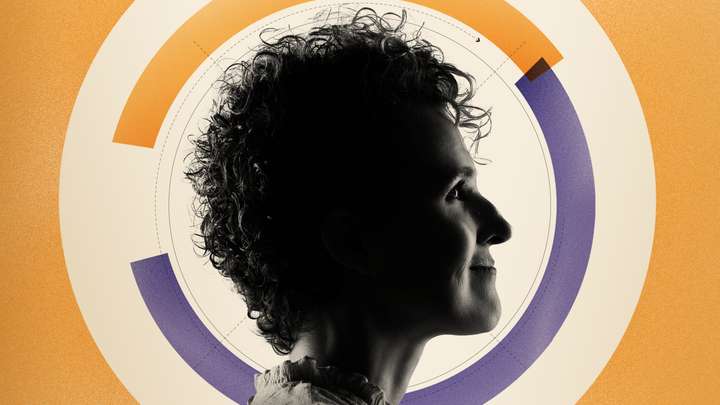
Eyewitness Video and Police Justice, Human Impact
Top of Mind with Julie Rose - Season 1, Episode 337
- Jul 13, 2016 6:00 am
- 1:43:02 mins
Eyewitness Video and Police Justice Guest: Jackie Zammuto, Senior Engagement Coordinator for Witness Twenty-five years ago, it was video tape of LA police beating Rodney King that made race and law enforcement a national conversation. Today, we’ve got high quality video cameras in our pockets. In just the last few years, cell phone video capturing police shooting and killing black men has prompted demonstrations, helped spawn the Black Lives Matter movement, and gave new intensity to the national conversation about race and law enforcement. But last week, the power of eyewitness video reached a new level. First, a bystander captured the shooting death of Alton Sterling by police in Louisiana. Then Diamond Reynolds pulled out her phone in the moments after her fiancée Philando Castile was shot by a Minnesota police officer during a routine traffic stop. She streamed the aftermath live on her Facebook page. Millions have watched that video. And then, at a demonstration against police brutality in Dallas, five police officers were killed by a sniper who mentioned the Facebook Live video to police before he was killed. Gene Protects Women from Heart Disease Guest: Hooman Allayee, PhD, Associate Professor of Preventive Medicine at the Keck School of Medicine at the University of Southern California The number one killer of both men and women in the United State is heart disease. But the disease itself affects men and women differently – something scientists have long known, but can’t fully explain. The Age of Humans Goes Back Further Than You Think Guest: Melinda Zeder, PhD, Senior Research Scientist and Curator of Old World Archaeology in the Department of Anthropology for the Smithsonian, National Museum of Natural History Think about all the laws aimed at trying to fix the damage humans have done to the landscape – the Clean Air and Water Acts, the Endangered Species Act, the Resource Conservation and Recovery Act. Underlying them is the notion that, in a perfect world, we could roll back the clock and r








